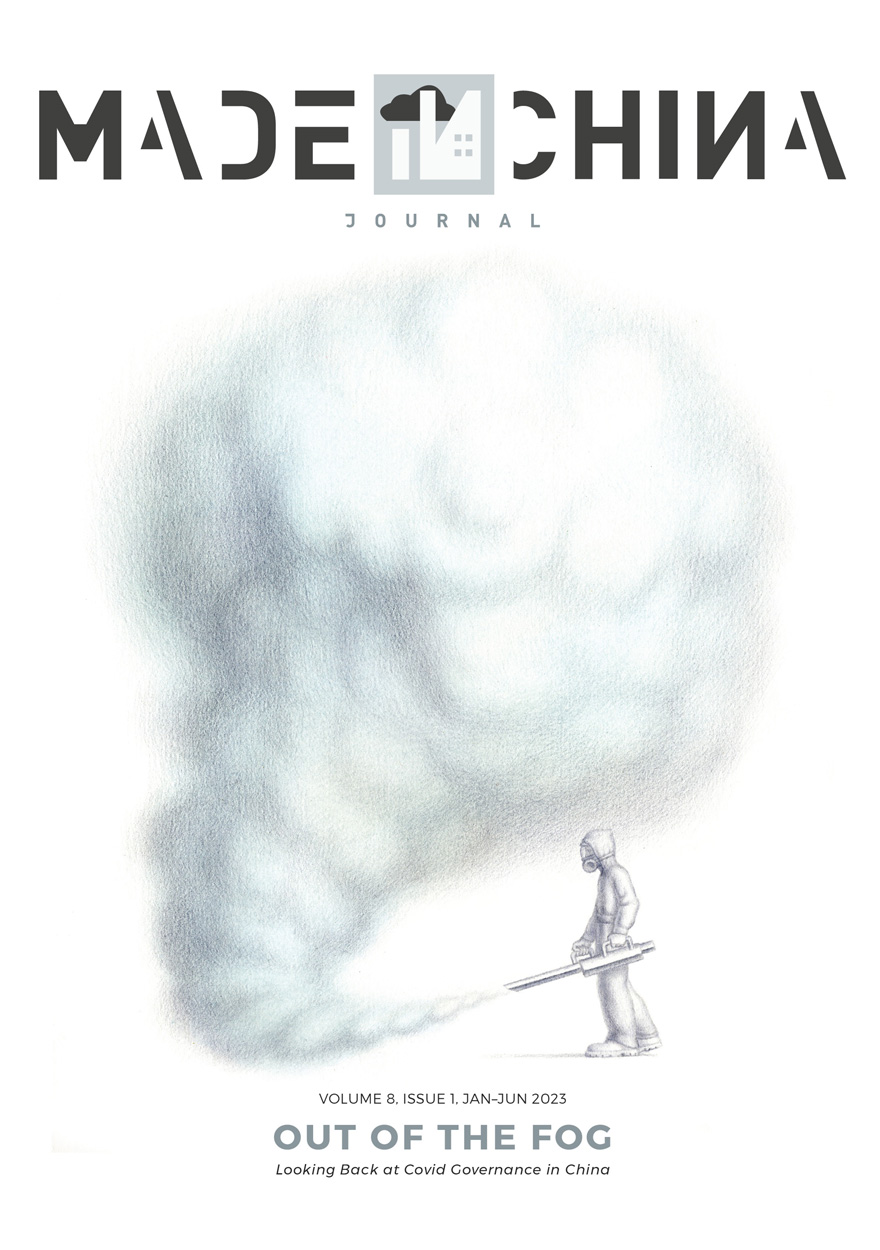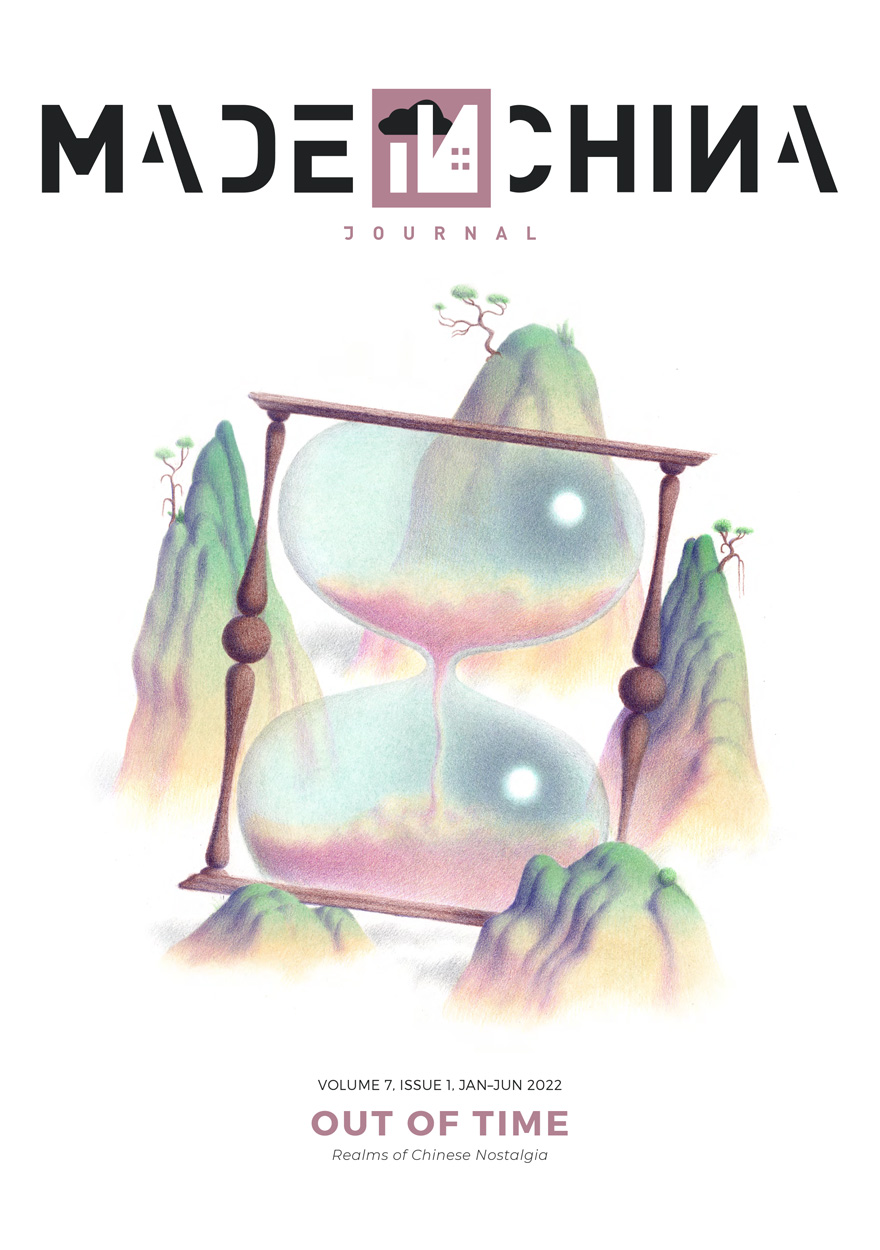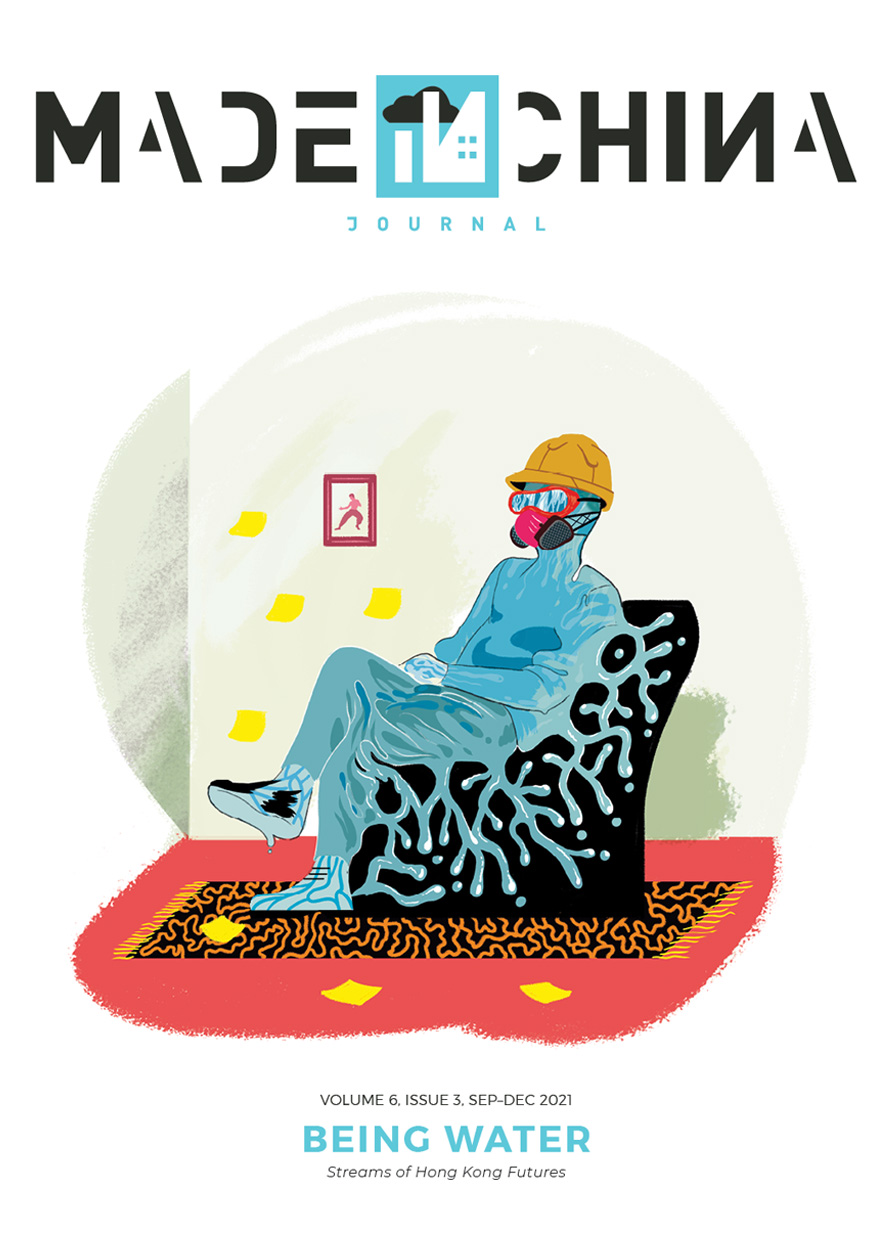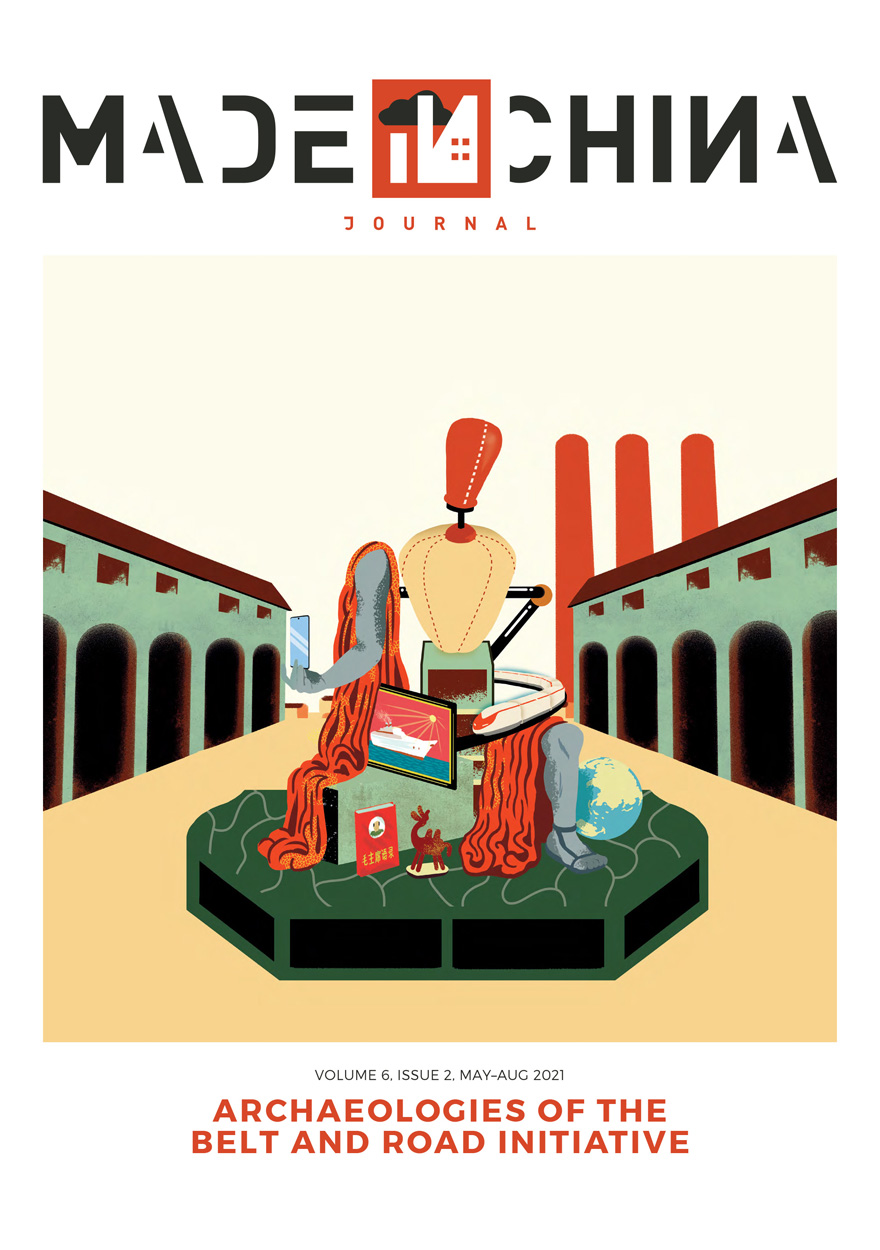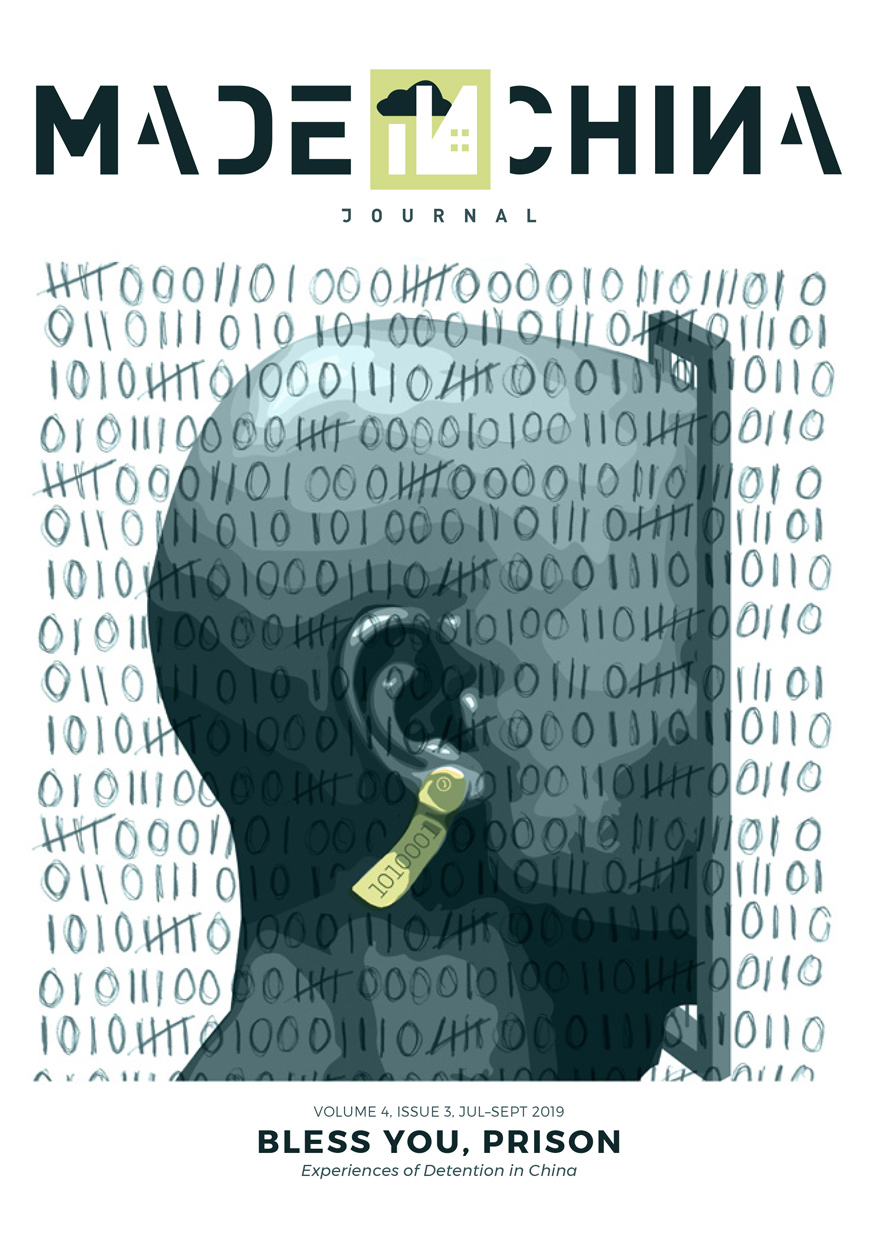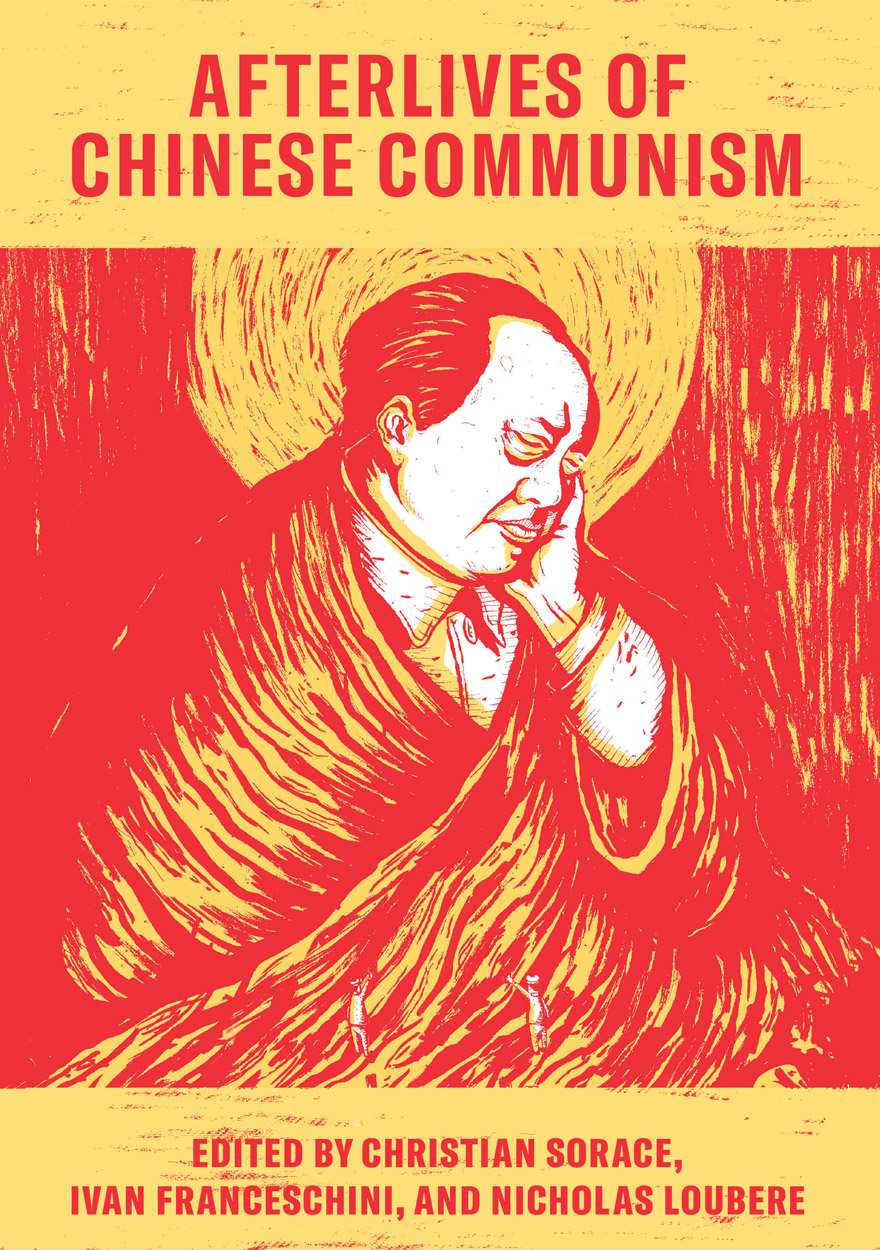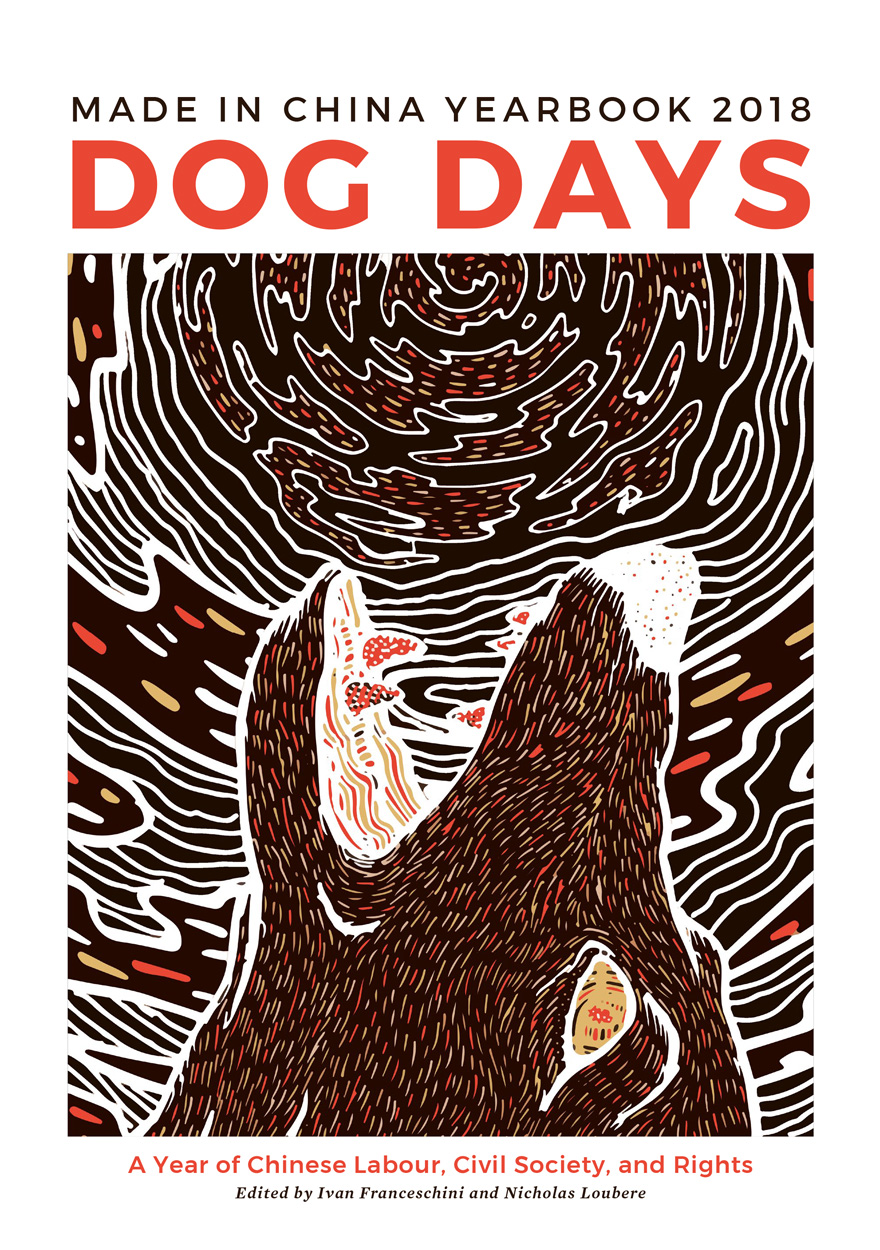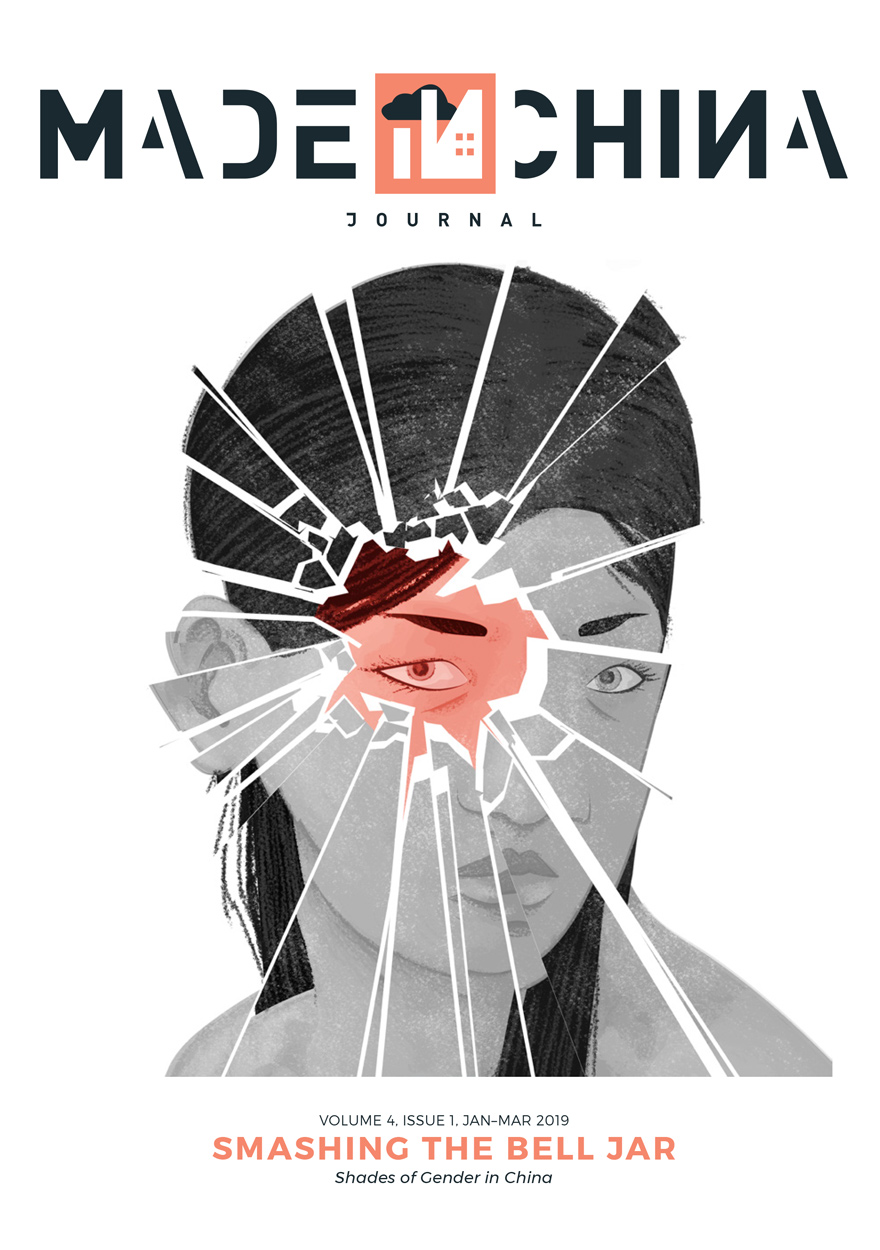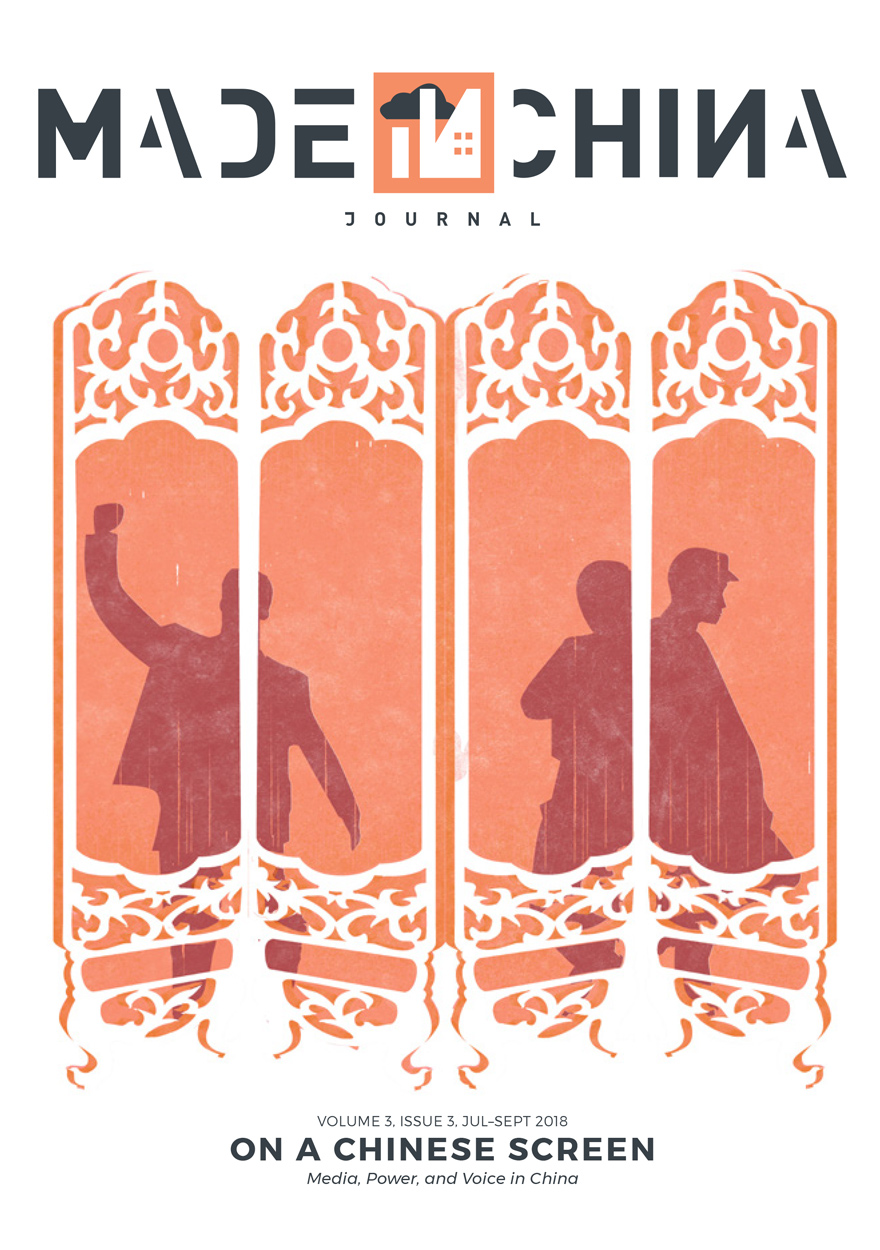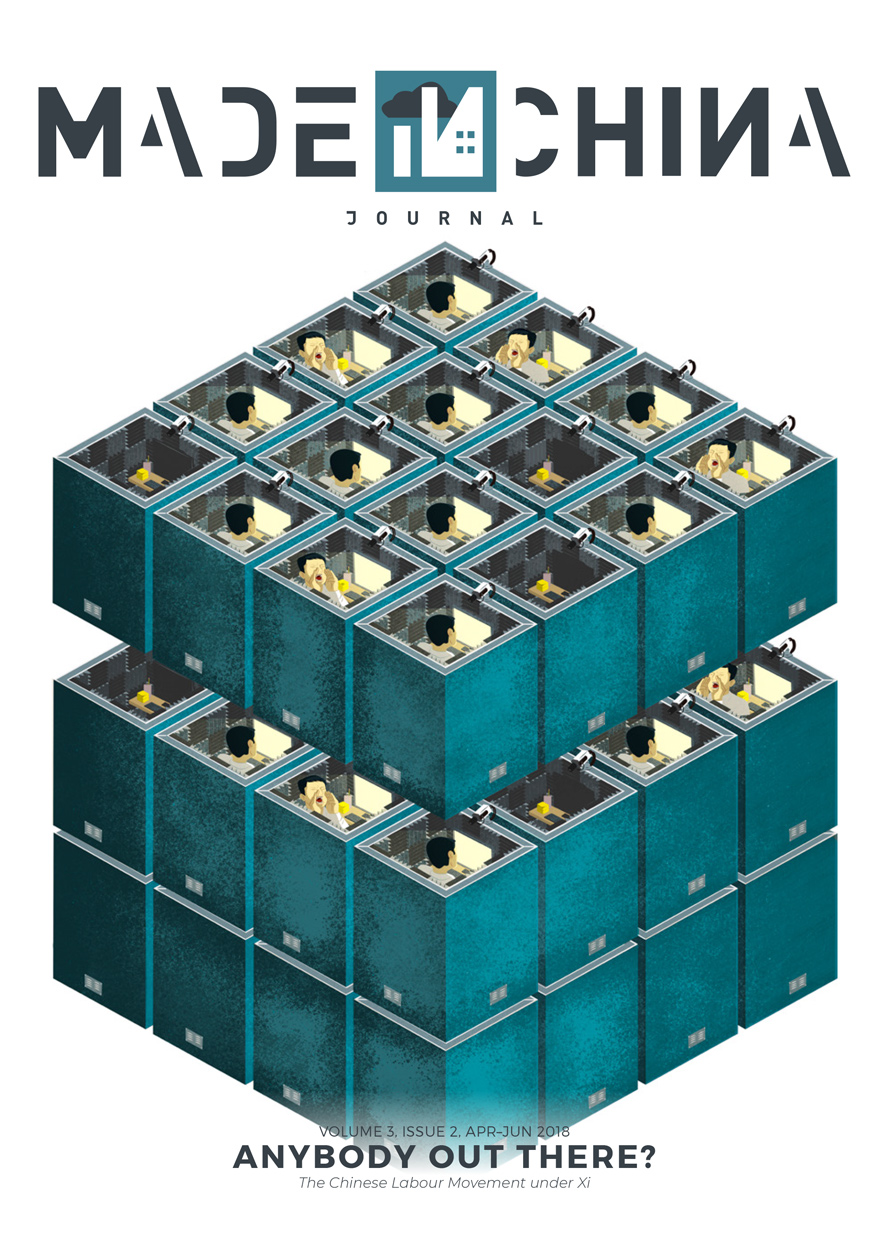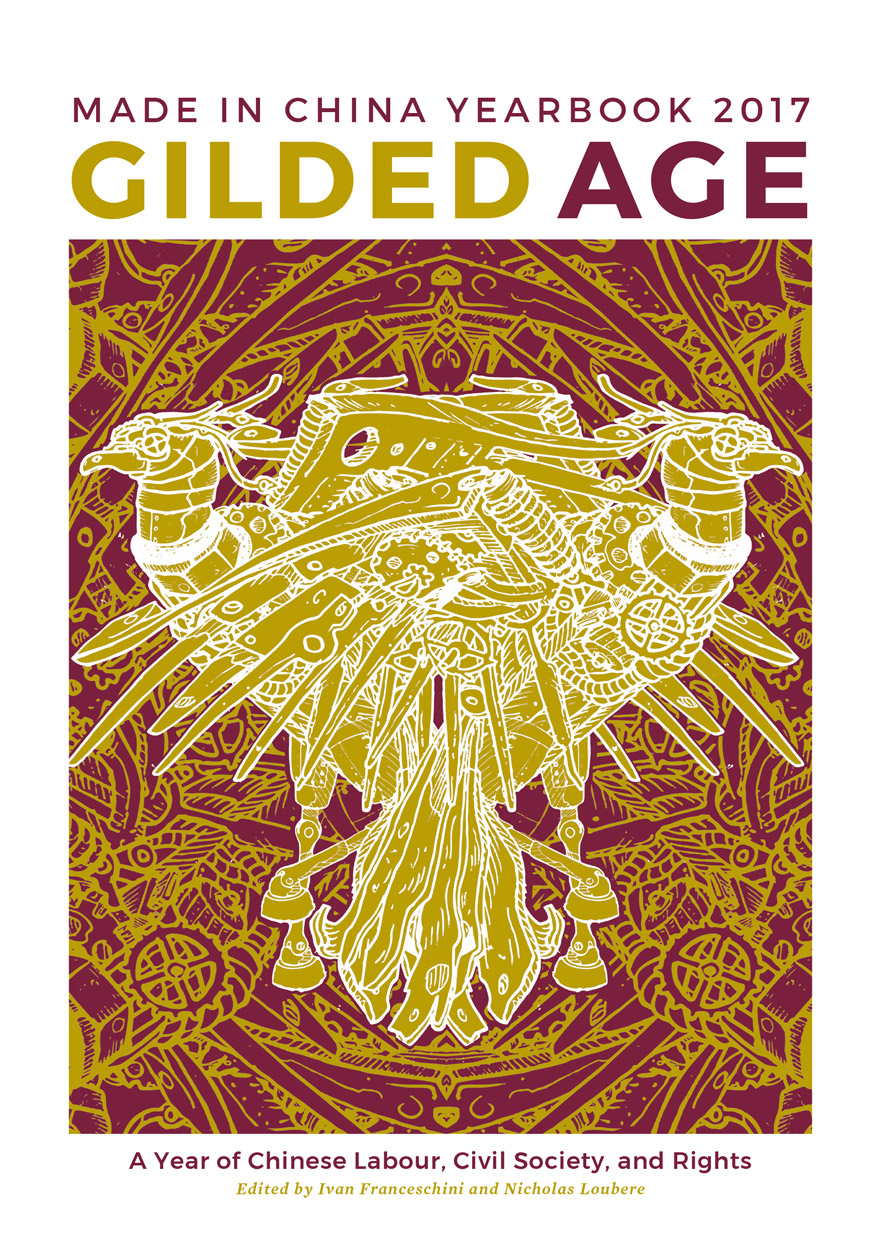Publication date: January 2022
Since 2017, the Chinese authorities have detained hundreds of thousands of Uyghurs, Kazakhs and other Muslim minorities in ‘reeducation camps’ in China’s northwestern Xinjiang autonomous region. While the official reason for this mass detention was to prevent terrorism, the campaign has since become a wholesale attempt to remould the ways of life of these peoples—an experiment in social engineering aimed at erasing their cultures and traditions in order to transform them into ‘civilised’ citizens as construed by the Chinese state. Through a collection of essays penned by scholars who have conducted extensive research in the region, this volume sets itself three goals: first, to document the reality of the emerging surveillance state and coercive assimilation unfolding in Xinjiang in recent years and continuing today; second, to describe the workings and analyse the causes of these policies, highlighting how these developments insert themselves not only in domestic Chinese trends, but also in broader global dynamics; and, third, to propose action, to heed the progressive Left’s call since Marx to change the world and not just analyse it.
‘Xinjiang Year Zero provides an analysis of the processes of dispossession being experienced by Uyghurs and other indigenous peoples of China’s Uyghur region that is sorely needed today. Most politicians and their followers today, whether on the left or the right, view what is happening to the peoples of this region through a twentieth-century lens steeped in dichotomies that are obsolete in describing the nature of states today—those of capitalism vs socialism and democracy vs totalitarianism. The contributors to this volume explore what is happening in Xinjiang in the context of the twenty-first century’s racialised and populist-fuelled state power, global capitalist exploitation, and ubiquitous surveillance technology. At the same time, they invite the reader to reflect on how the processes of dispossession in the Uyghur region during the twenty-first century are repeating the colonial practices of the nineteenth and twentieth centuries that have shaped our current global system of inequality and oppression. The result offers an analysis of what is happening in Xinjiang that emphasises its interconnectedness to what is happening around us everywhere in the world. If you believe that the repression in this region is a fabrication to ‘manufacture consent’ for a cold war between the “West” and China, you need to read this book. Afterwards, you will understand that if you want to stop a return to the twentieth-century geopolitical conflicts embodied in the idea of a cold war, you must establish solidarity with the Indigenous peoples of China’s northwest and call for the end to the global processes fuelling their dispossession both inside China and outside.’
— Sean R. Roberts, Director of International Development Studies, The George Washington University’s Elliott School of International Affairs, and author of The War on the Uyghurs
‘Xinjiang Year Zero provides a highly readable and utterly necessary account of what is happening in Xinjiang and why. By showing how the mass detentions of Uyghurs and other Xinjiang Muslims are linked to both global capitalism and histories of settler colonialism, the edited book offers new ways of understanding the situation and thus working toward change. A must-read not only for those interested in contemporary China, but also for anyone who cares about digital surveillance and dispossession around the globe.’
— Emily T. Yeh, University of Colorado Boulder, author of Taming Tibet: Landscape Transformation and the Gift of Chinese Development
‘The crisis in Xinjiang has engendered its own crisis of interpretation and action at a time of growing geopolitical rivalry: how to condemn the atrocities without supporting hawkish voices, particularly among US politicians, who seek to Cold War-ise the US relationship with “Communist China”? How to critique China for colonialism, racism, assimilationism, extra-legal internment, and coerced labour when many Western nations are built on a history of those same things? Xinjiang Year Zero not only provides non-specialists a thorough, readable, up-to-date account of events in Xinjiang. This much-needed book also offers a broader framing of the crisis, drawing comparisons to settler colonialism elsewhere and revealing direct connections to global capitalism and to the rise of technological surveillance everywhere.’
— James A. Millward, Georgetown University, author of Eurasian Crossroads: A History of Xinjiang



